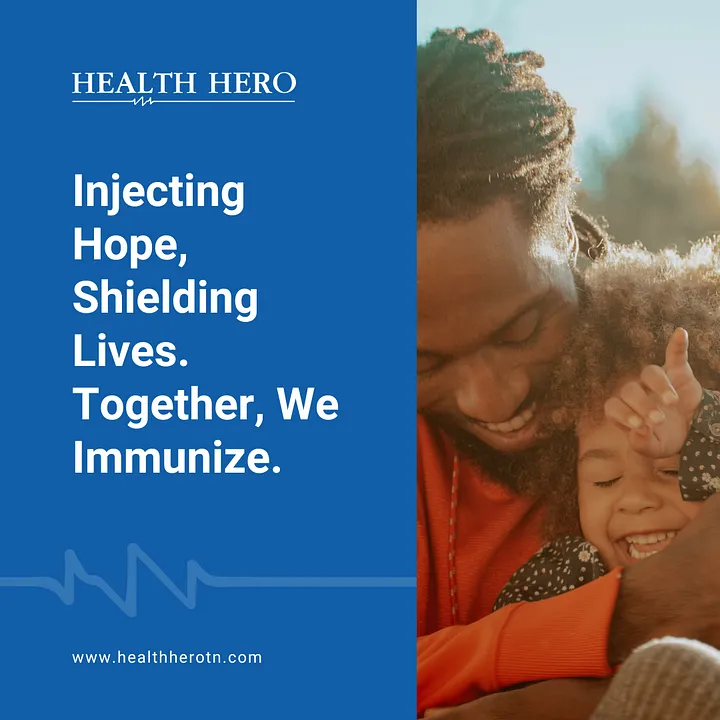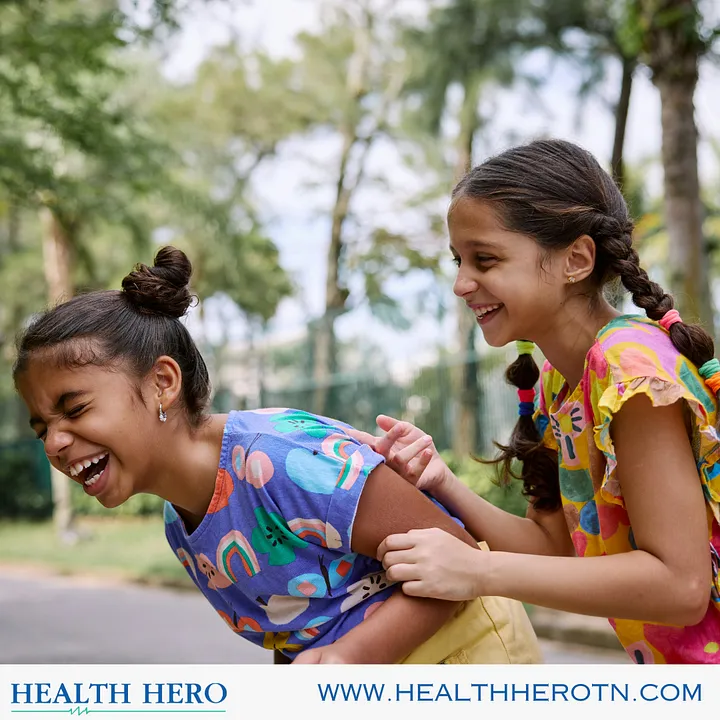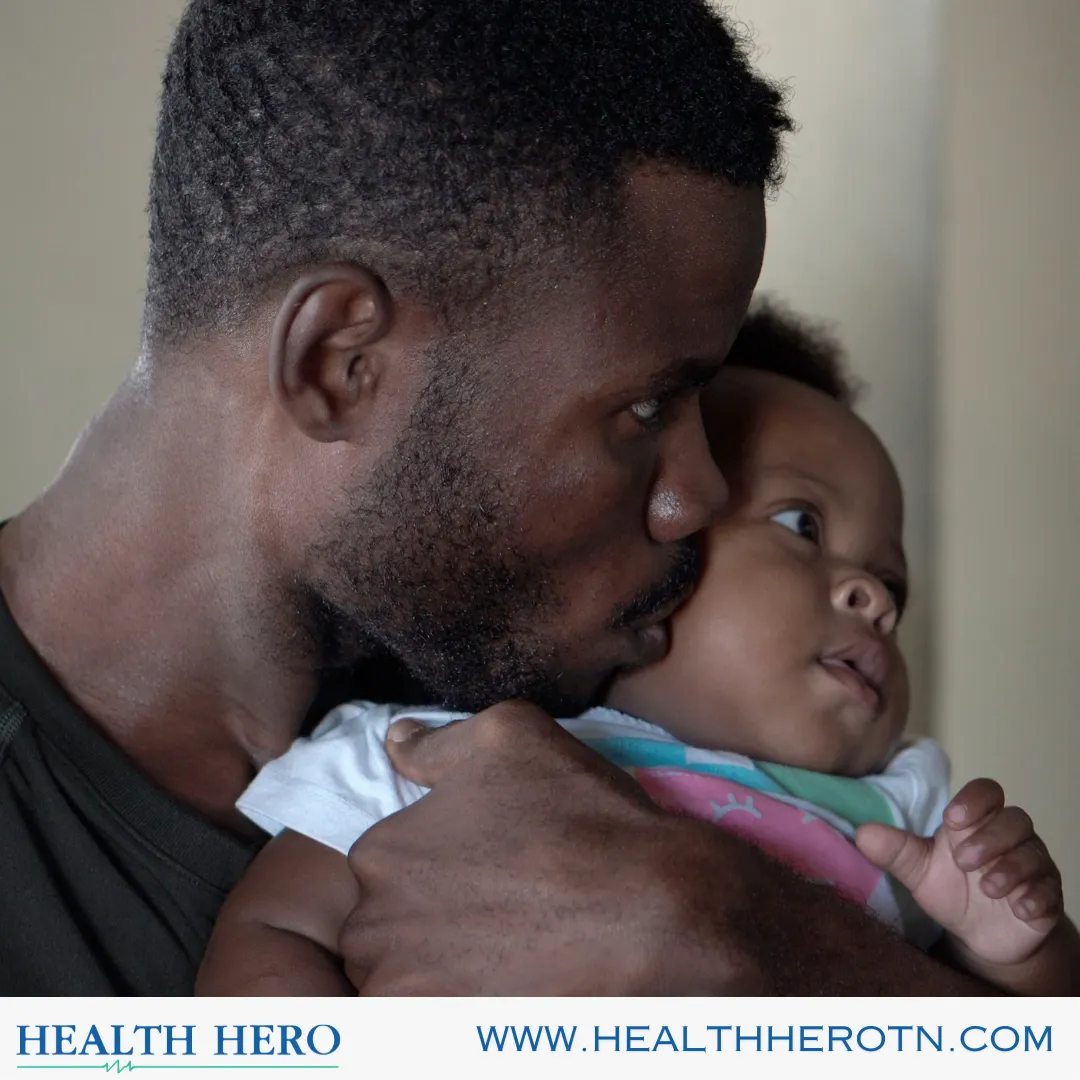Vaccinations are often hailed as one of the greatest medical achievements of modern civilization. They protect against life-threatening diseases and pave the way for children to grow into healthy, thriving adults. This blog delves into the multifaceted benefits of vaccinations on childhood development, highlighting their role beyond merely preventing illness.
Building a Foundation for Healthy Growth
The primary role of vaccinations is to safeguard children from various infectious diseases, ranging from measles and mumps to whooping cough and influenza. By preventing these illnesses, vaccines lay the groundwork for children to enjoy a healthier childhood. The Centers for Disease Control and Prevention (CDC) offers a comprehensive list of diseases preventable by childhood vaccinations, emphasizing the critical role these vaccines play in early life health.
Supporting Educational Success
Frequent illnesses can lead to missed school days, hindering a child’s learning and social development. Vaccinations reduce the incidence of vaccine-preventable diseases, thereby minimizing absences from school. A study published in the Journal of Infectious Diseases highlights the correlation between vaccination and reduced absenteeism in educational settings. Children vaccinated according to the recommended schedule are more likely to attend school regularly, participating fully in academic and extracurricular activities crucial for cognitive and social growth.
Enhancing Social Interaction
Social interaction is vital to children’s emotional intelligence and interpersonal skills. Illnesses can isolate children, preventing them from engaging in play and interaction with their peers. Vaccinations enable children to participate in group activities without the constant threat of catching or spreading infectious diseases. The American Academy of Pediatrics underscores the importance of vaccinations in ensuring that children can safely engage in social activities essential for their emotional and psychological well-being.
Economic Impact on Families
The economic burden of managing vaccine-preventable diseases can be significant for families. Vaccinations help reduce medical costs by preventing illnesses that require hospitalization and long-term care. The World Health Organization (WHO) discusses the economic benefits of immunization, highlighting how vaccines reduce healthcare expenses, thus easing financial pressures on families and allowing for better resource allocation towards education and development.
Vaccinations are indeed the unsung heroes of childhood development. They shield against various diseases while supporting children’s overall growth and well-being. By fostering a healthier, more inclusive environment for learning and social interaction, vaccinations contribute significantly to the foundation upon which children can build their futures. As parents and guardians, ensuring that our children receive their vaccinations on schedule is one of the most effective ways to give them a leg up.
In an era when misinformation about vaccines can be prevalent, it’s crucial to rely on credible sources and healthcare professionals for guidance. Vaccinations have been and continue to be a cornerstone of public health, safeguarding not just individual children but entire communities and enabling the next generation to grow healthier, smarter, and stronger.
Sources:
CDC: www.cdc.gov/vaccines
APP: https://www.aap.org/
WHO: https://www.who.int/









